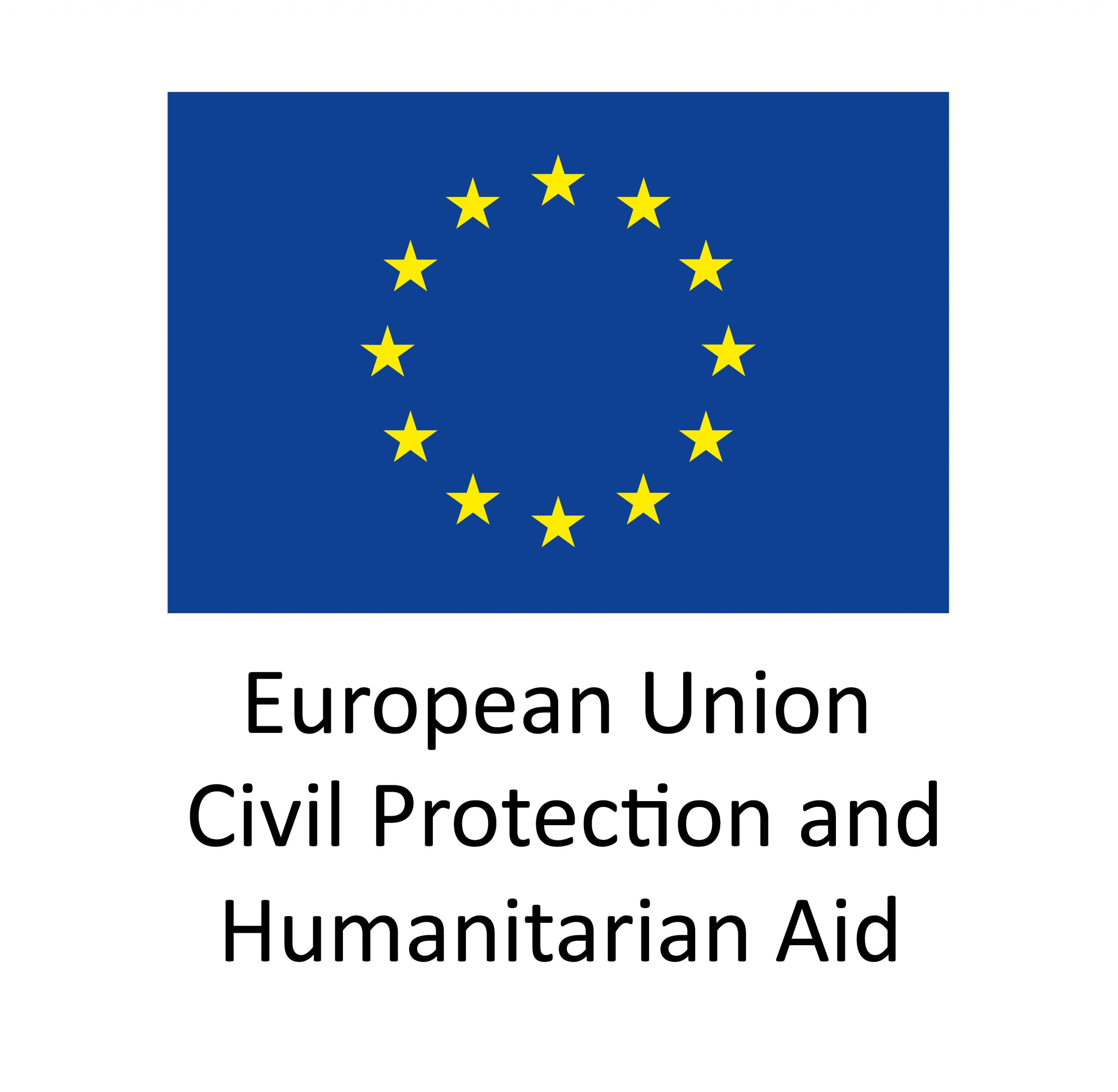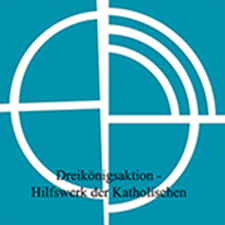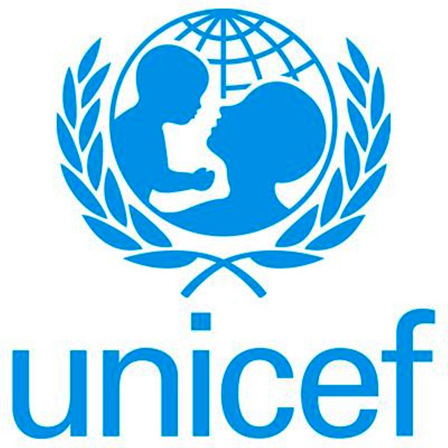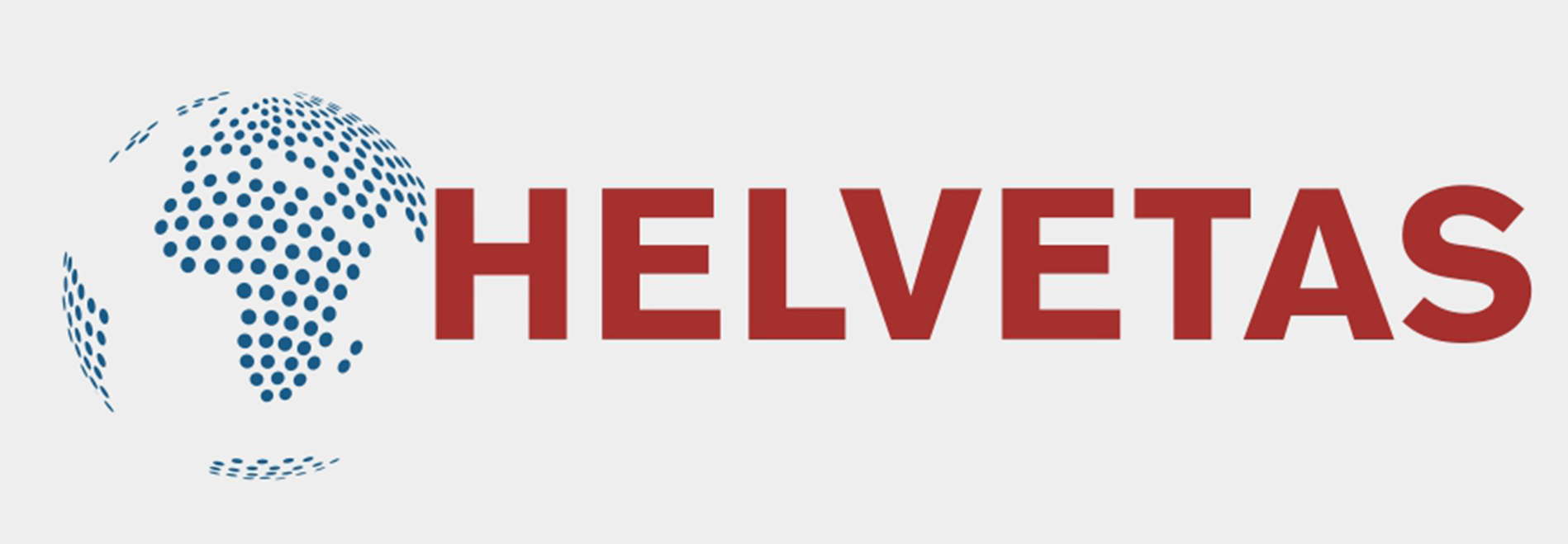On March 28, 2025, a catastrophic 7.7-magnitude earthquake struck central Myanmar, followed by a
powerful 6.7-magnitude aftershock. The epicenter was located near Sagaing Township, northwest of
Mandalay, severely impacting surrounding regions including Nay Pyi Taw, Bago, and southern Shan State.
This earthquake—Myanmar’s strongest in over a century—caused extensive destruction to homes,
infrastructure, and essential services, leaving tens of thousands displaced.
Right after the earthquake, CESVI conducted a rapid assessment and a first rice distribution in Shan state for
1,500 HHs, followed by NFI and Shelter kits distributions for ECHO, covering a total of 1,944 HH in Sagaing
and Mandalay, 1,960 HH in Shan state (Inle lake) and 351 in Nay Pyi Taw.
After the distributions, CESVI conducted also the MIRA assessment in a total of 12 sites in Mandalay Region,
within 6 Locations and 4 Townships, and in a total of 8 sites in Sagaing Region, within 7 Locations and 1
Township (Sagaing). The assessment was conducted through Key Informant Interviews, using a standardized
RNA assessment tool.
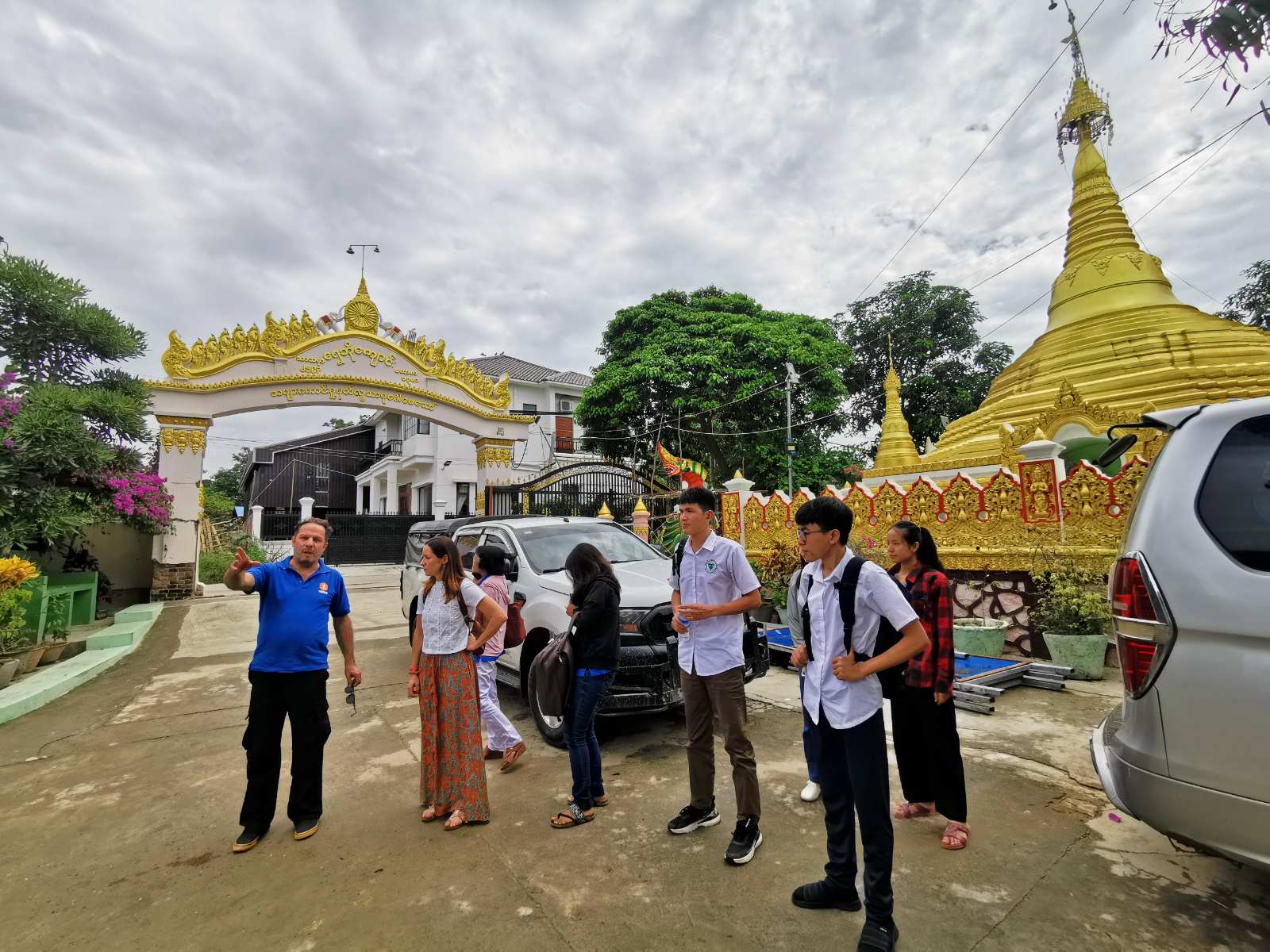
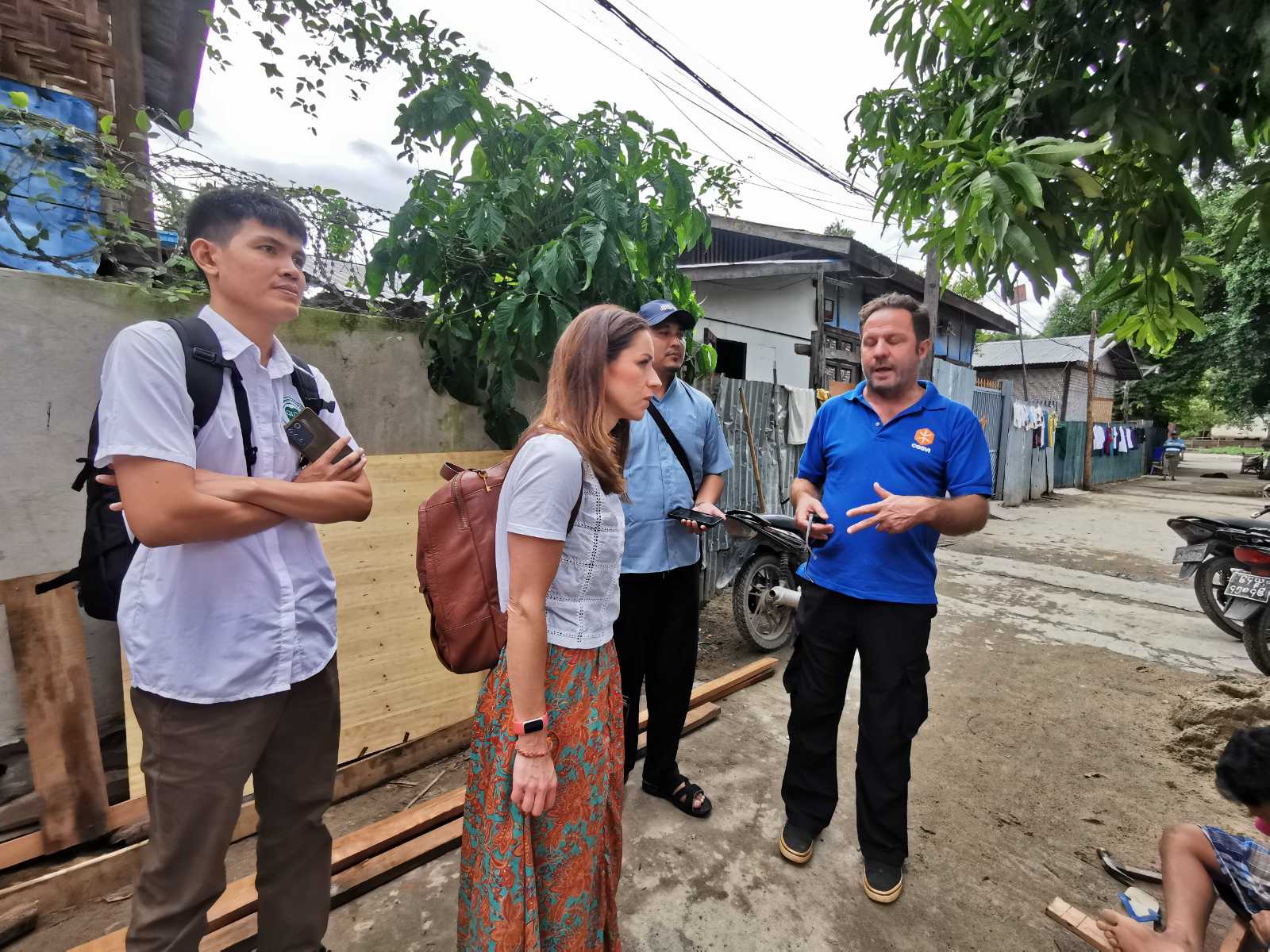
This project proposal directly responds to these critical needs through a multi-sectoral and context
appropriate package of interventions. Shelter reconstruction through cash assistance (Activity 1) will allow
households to rebuild safe, durable homes tailored to their cultural and climatic context, using locally
available materials and in alignment with UNHCR shelter standards. This approach empowers affected
families to make choices, stimulates the local economy, and accelerates recovery. In parallel, the
construction of Biotank-equipped latrines (Activity 2) addresses the urgent need for safe and private
sanitation facilities while also minimizing ecological damage to the local ecosystem. Unlike conventional
systems, Biotanks are environmentally friendly, low-maintenance, and adapted to the specific challenges of
flood-prone terrains. To further safeguard public health and uphold the right to water, the project will install
solar-powered water purification stations (Activity 3), ensuring equitable, sustainable, and safe access to
drinking water even in off-grid areas. The use of renewable energy reinforces climate resilience and reduces
operational costs. Finally, the project will prioritize community engagement and coordination (Activity 4) as
a cross-cutting strategy. Local actors, including community-based organizations, technical committees, and
volunteers, will be involved in the design, implementation, and monitoring of all components. This
participatory approach not only enhances accountability and ownership but also builds local capacities to
prepare for and respond to future shocks.
By integrating emergency response with early recovery, sustainability, and ecosystem protection, the project
supports a holistic and dignified recovery process for earthquake-affected populations. It reflects CESVI’s
commitment to localization, environmental safeguarding, and the humanitarian principles of humanity,
impartiality, neutrality, and independence.
With our longtime partnership, CAD will intervene the Yamethein township of Mandalay region with CESVI to rebuild 50 houses for earthquake-affected families.
